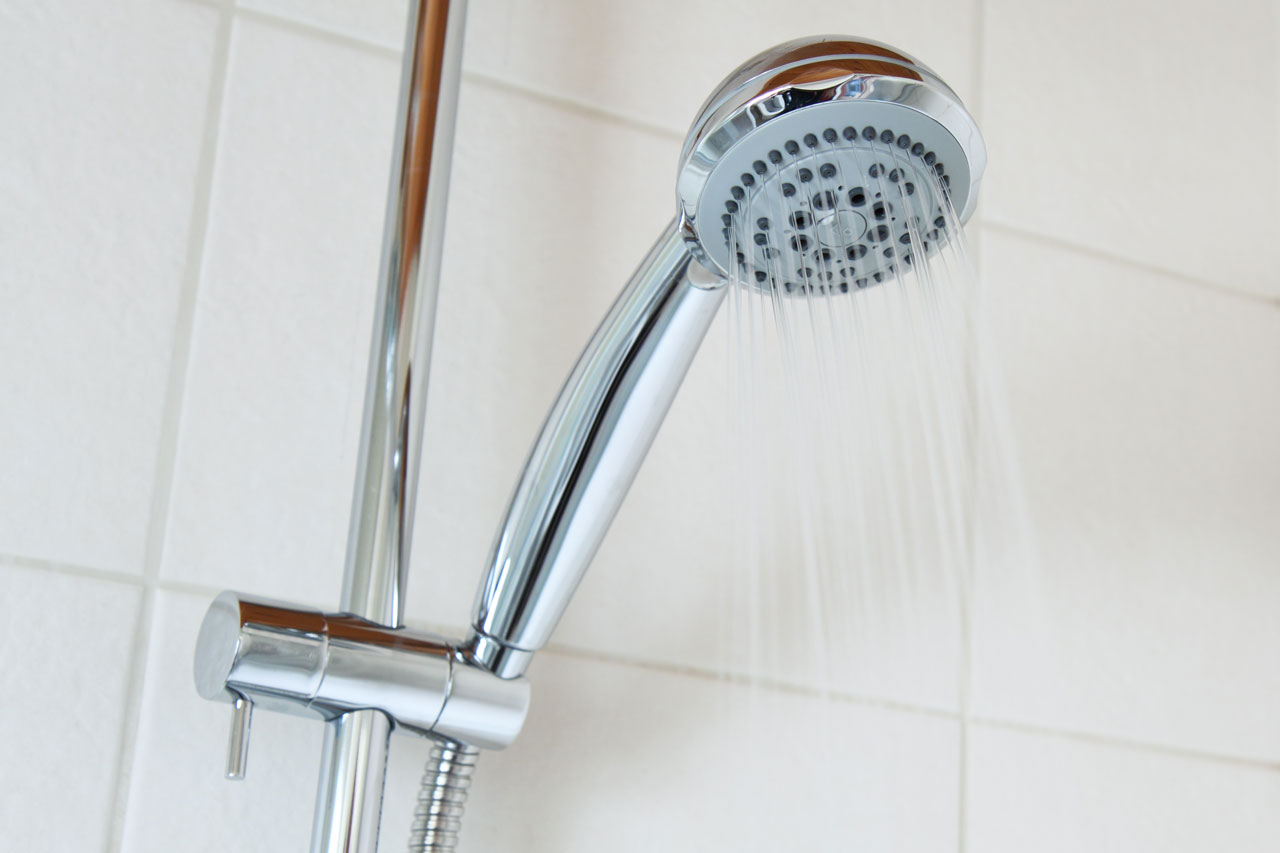I’m 53 and I can’t stand non dark mode. So either I’m an outlier or your theory is wrong.
gdbjr
I think you are overestimating my character.
- 0 Posts
- 4 Comments
Joined 1 year ago
Cake day: June 16th, 2023
You are not logged in. If you use a Fediverse account that is able to follow users, you can follow this user.

 1·1 year ago
1·1 year agoI have a fair bit of home automation setup at home. So if I walk into a room the lights turn on, walk out and they turn off.
Every time I am visiting someone or in a hotel I am deeply confused why the lights don’t turn on themselves.

 0·1 year ago
0·1 year agoDisagree. All apps should start by following the system mode. That way you get the app the way you like it and don’t have to change it.


Tasks the Apple Neural Engine Takes Responsibility For
It’s time to dive into just what sort of jobs the Neural Engine takes care of. As previously mentioned, every time you use Face ID to unlock your iPhone or iPad, your device uses the Neural Engine. When you send an animated Memoji message, the Neural Engine is interpreting your facial expressions.
That’s just the beginning, though. Cupertino also employs its Neural Engine to help Siri better understand your voice. In the Photos app, when you search for images of a dog, your iPhone does so with ML (hence the Neural Engine.)
Initially, the Neural Engine was off-limits to third-party developers. It couldn’t be used outside of Apple’s own software. In 2018, though, Cupertino released the CoreML API to developers in iOS 11. That’s when things got interesting.
The CoreML API allowed developers to start taking advantage of the Neural Engine. Today, developers can use CoreML to analyze video or classify images and sounds. It’s even able to analyze and classify objects, actions and drawings.
https://www.macobserver.com/tips/deep-dive/what-is-apple-neural-engine/